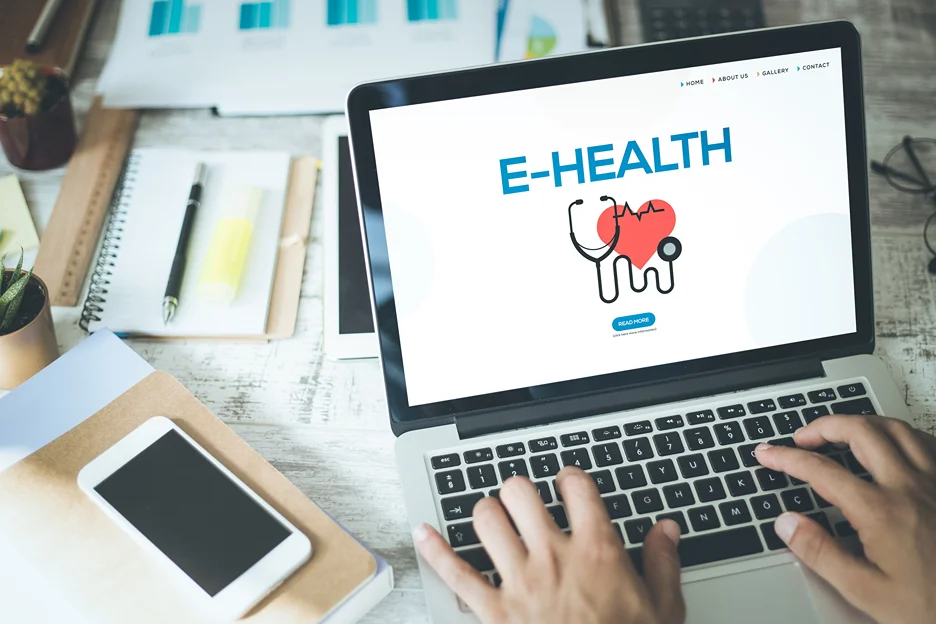In a world where technological advancement continually reshapes industries, the healthcare sector is not exempt. Electronic Health Records (EHR) have emerged as a transformative element in healthcare, fundamentally improving patient safety and the quality of care. From error reduction to improved coordination, EHRs are revolutionizing healthcare safety protocols. Let's delve into how this technology elevates patient safety and the quality of care.
The EHR is more than a digital format of a patient's paper chart. It's a real-time, comprehensive patient-care information resource, readily accessible to authorized users across healthcare facilities. This profound shift from paper to digitized health records mitigates many patient safety risks traditionally associated with manual record keeping.
Medical errors, resulting from issues such as illegible handwriting, lost files, or incomplete patient histories, are significantly reduced with the implementation of EHRs. By minimizing such errors, EHRs contribute to preventing adverse events, thereby improving patient safety.
In the heart of an emergency department, time is of the essence. Instantaneous access to patient records provided by EHR systems can make a critical difference. A complete electronic record, including past medical histories, lab results, and any known adverse reactions to medications, allows healthcare providers to make informed decisions swiftly and confidently, further improving the quality of care.
EHRs' ability to share information securely with patients and other clinicians can transform the care coordination landscape. For instance, a primary care provider can directly see the medication prescribed by a specialist, allowing the detection of any potential conflicts. Thus, the primary care physician can act quickly to prevent adverse events, thereby enhancing patient safety.
EHRs help reduce medical errors by streamlining administrative processes. Advanced EHR systems come with features like automated alerts to warn healthcare professionals about potential issues, such as allergic reactions or drug interactions. However, these alerts must be balanced to avoid "alert fatigue," where too many warnings may lead healthcare providers to ignore them.
Medication errors pose a significant threat to patient safety. However, with EHRs, the risks associated with manual prescription processes, such as entry errors and illegibility, can be mitigated. EHRs can check prescriptions against the patient's full medical records, reducing the chance of an adverse drug event and thus ensuring medication safety.
EHRs offer a comprehensive view of patient's health, enabling healthcare providers to make better clinical decisions and offer personalized preventive care. The systematic review of digitized health records can help identify potential health risks before they manifest, improving the quality of life for the patient.
EHRs also empower patients by giving them access to their health information, enabling them to actively participate in their care plan. This accessibility not only fosters a culture of transparency but also enables patients to identify any discrepancies in their records, potentially improving safety.
While EHRs have profoundly improved patient safety and the quality of care, they are not without challenges. Implementation processes, the cognitive load on healthcare professionals, and the risk of system failures are among the potential drawbacks. These concerns underline the importance of investing in robust, user-friendly EHR systems, continuous staff training, and strong data security measures.

With many EHR systems available, it can be challenging to choose the one that best fits your healthcare organization's needs. It's essential to consider factors like ease of use, integration capabilities, technical support, and, most importantly, features that enhance patient safety. Here are four web-based EHR software solutions worth considering:
Calysta EMR is renowned for its specialized focus on the dermatology field. It offers comprehensive digital charting that lets healthcare providers visualize patient progress with side-by-side image comparison features. The software includes a patient portal, providing an interactive platform for patients to view their medical histories, lab results, and upcoming appointments. These features not only enhance patient engagement but also promote patient safety by fostering transparency.
Moreover, Calysta EMR supports teledermatology, allowing healthcare providers to conduct remote consultations, a crucial feature in our increasingly digital world. With an intuitive, user-friendly interface, Calysta EMR makes for efficient clinical workflows, reducing the potential for entry errors and boosting patient safety.
EpicCare EMR is a popular choice among large healthcare organizations. It offers robust interoperability, allowing for efficient data sharing across different healthcare systems, and promoting better care coordination. With features like clinical decision support, e-prescribing, and population health management, EpicCare EMR helps improve patient safety and healthcare quality.
Cerner EMR provides an integrated digital platform that caters to various medical practices, from primary care to specialty clinics. Its real-time data analysis features and advanced alert systems are crucial for reducing clinical errors. Cerner's commitment to enhancing clinical workflows and improving patient outcomes makes it a viable option.
athenahealth EHR is known for its cloud-based system, providing flexibility and ease of access. It offers features like electronic prescribing, preventive care reminders, and built-in safeguards for drug interactions, all of which play a crucial role in enhancing patient safety.
Investing in the right EHR software involves considering not only its features but also its ability to align with the needs of your healthcare organization. The software should enhance patient safety, streamline clinical processes, and support the provision of quality care to patients.

The proper implementation and usage of EHR systems are essential for elevating patient safety. While it may seem daunting, given the complex nature of digitizing health records and changing traditional workflows, this shift is a crucial step in ensuring that your practice is aligned with modern healthcare's evolving demands. Prioritizing patient safety through EHR utilization reduces medical errors, enhances the quality of care, and fosters better communication among healthcare providers.
Calysta EMR specializes in providing healthcare practices with the tools they need to keep patient data in a unified platform for easier access, improved security, and enhanced privacy. With features designed to improve patient safety and optimize clinical workflows, Calysta EMR is an excellent choice for healthcare organizations striving for excellence in patient care. Contact us today to learn more about how we can support your journey toward improved patient safety and care quality.